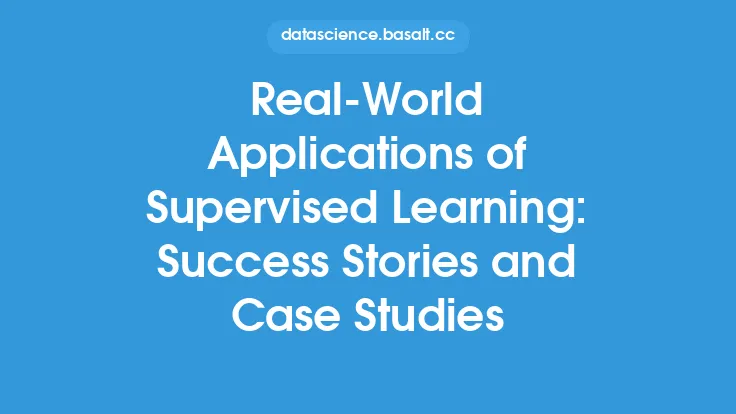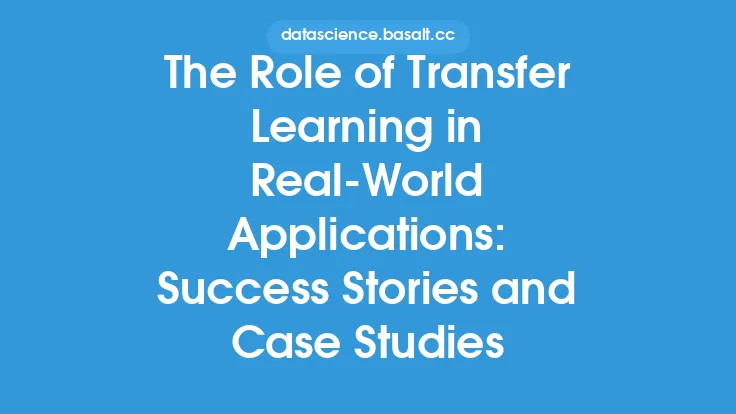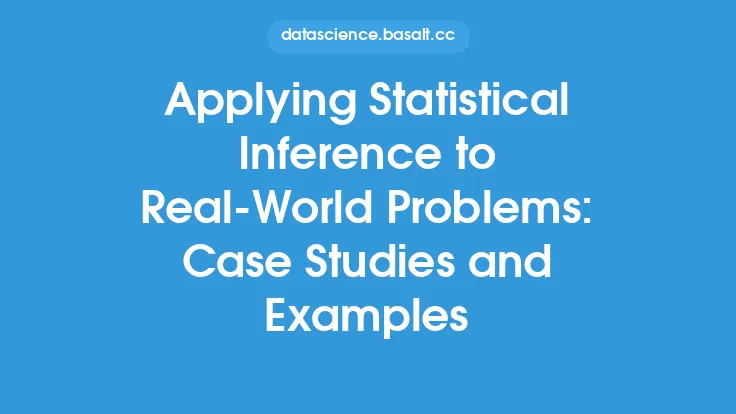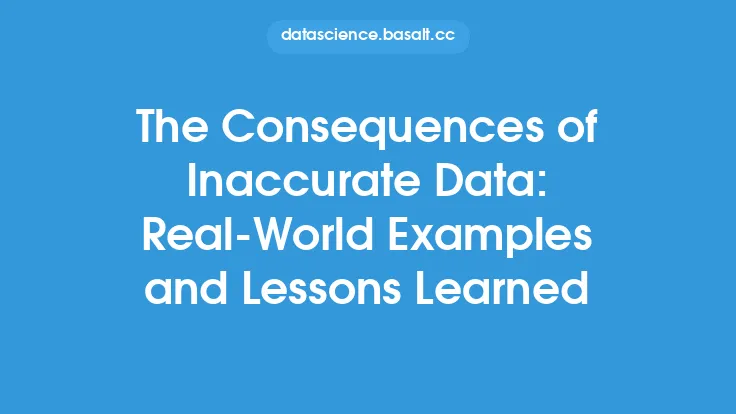The advent of web mining has revolutionized the way organizations and individuals extract insights from online data. By leveraging various web mining techniques, businesses and researchers can uncover hidden patterns, trends, and relationships within web data, leading to informed decision-making and strategic advantages. In this article, we will delve into the real-world applications of web mining, exploring case studies and success stories that demonstrate the power and potential of this field.
Introduction to Real-World Applications
Web mining has numerous practical applications across various industries, including e-commerce, marketing, finance, healthcare, and education. By analyzing web data, organizations can gain a deeper understanding of their customers, competitors, and market trends, enabling them to make data-driven decisions and stay ahead of the competition. Web mining can be applied to various aspects of online data, including web structure, content, and usage, to extract valuable insights and knowledge.
Case Studies in E-commerce
E-commerce companies have been at the forefront of adopting web mining techniques to improve their online presence and customer engagement. For instance, Amazon uses web mining to personalize product recommendations, predict customer behavior, and optimize its supply chain management. By analyzing customer browsing and purchasing patterns, Amazon can identify trends and preferences, enabling it to offer targeted promotions and improve customer satisfaction. Similarly, eBay uses web mining to detect and prevent fraudulent activities, such as fake listings and bidding scams, ensuring a safe and trustworthy online marketplace for its users.
Success Stories in Marketing and Advertising
Web mining has also been widely adopted in the marketing and advertising industries to analyze customer behavior, track brand reputation, and measure the effectiveness of online campaigns. For example, companies like Google and Facebook use web mining to analyze user behavior and preferences, enabling them to deliver targeted advertisements and improve the overall user experience. Additionally, web mining can be used to monitor social media conversations and sentiment analysis, allowing businesses to respond promptly to customer feedback and concerns.
Applications in Finance and Healthcare
Web mining has numerous applications in the finance and healthcare sectors, where it can be used to analyze large datasets and extract valuable insights. In finance, web mining can be used to predict stock prices, detect fraudulent transactions, and analyze market trends. For instance, companies like Bloomberg and Thomson Reuters use web mining to analyze financial news and market data, providing investors with real-time insights and analysis. In healthcare, web mining can be used to analyze medical records, track disease outbreaks, and identify potential health risks. For example, the Centers for Disease Control and Prevention (CDC) uses web mining to track flu outbreaks and predict the spread of diseases, enabling it to respond promptly to public health emergencies.
Web Mining for Competitive Intelligence
Web mining can also be used for competitive intelligence, where it can be used to analyze competitors' websites, social media, and online presence. By monitoring competitors' online activities, businesses can gain valuable insights into their strategies, strengths, and weaknesses, enabling them to stay ahead of the competition. For instance, companies like Ahrefs and SEMrush use web mining to analyze competitors' websites, providing businesses with insights into their search engine optimization (SEO) strategies, content marketing efforts, and online advertising campaigns.
Technical Aspects of Web Mining
From a technical perspective, web mining involves the use of various algorithms and techniques to extract insights from web data. These include web crawling, web scraping, natural language processing (NLP), and machine learning. Web crawling involves the use of software programs to traverse the web and collect data, while web scraping involves the use of techniques to extract specific data from websites. NLP is used to analyze and understand human language, enabling web mining algorithms to extract insights from unstructured data. Machine learning is used to build predictive models and classify web data, enabling businesses to make data-driven decisions.
Challenges and Limitations
Despite the numerous benefits and applications of web mining, there are several challenges and limitations that need to be addressed. These include the sheer volume and complexity of web data, the need for advanced technical skills, and the potential for bias and errors in web mining algorithms. Additionally, web mining raises several ethical concerns, including privacy and data protection, which need to be addressed through the development of robust guidelines and regulations.
Future Directions and Opportunities
The future of web mining looks promising, with several emerging trends and opportunities on the horizon. These include the use of artificial intelligence (AI) and deep learning techniques to analyze web data, the integration of web mining with other data mining techniques, such as social media mining and text mining, and the development of new web mining tools and techniques to analyze emerging data sources, such as IoT devices and wearable technologies. As the web continues to evolve and grow, web mining is likely to play an increasingly important role in extracting insights and knowledge from online data, enabling businesses and individuals to make informed decisions and stay ahead of the competition.





